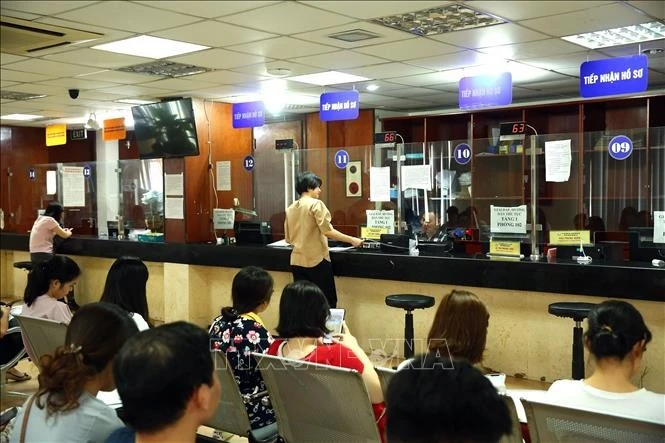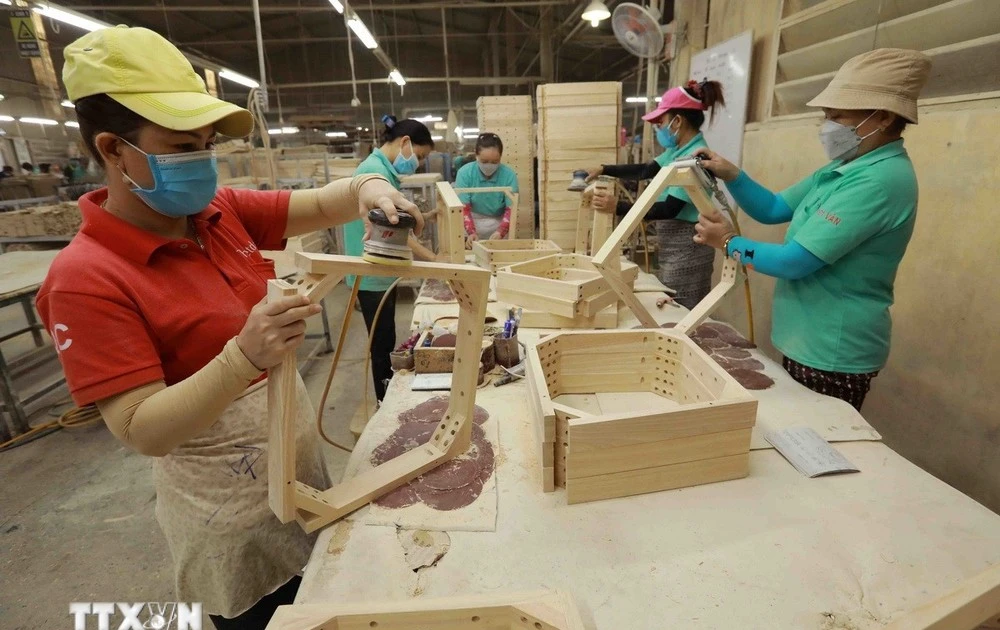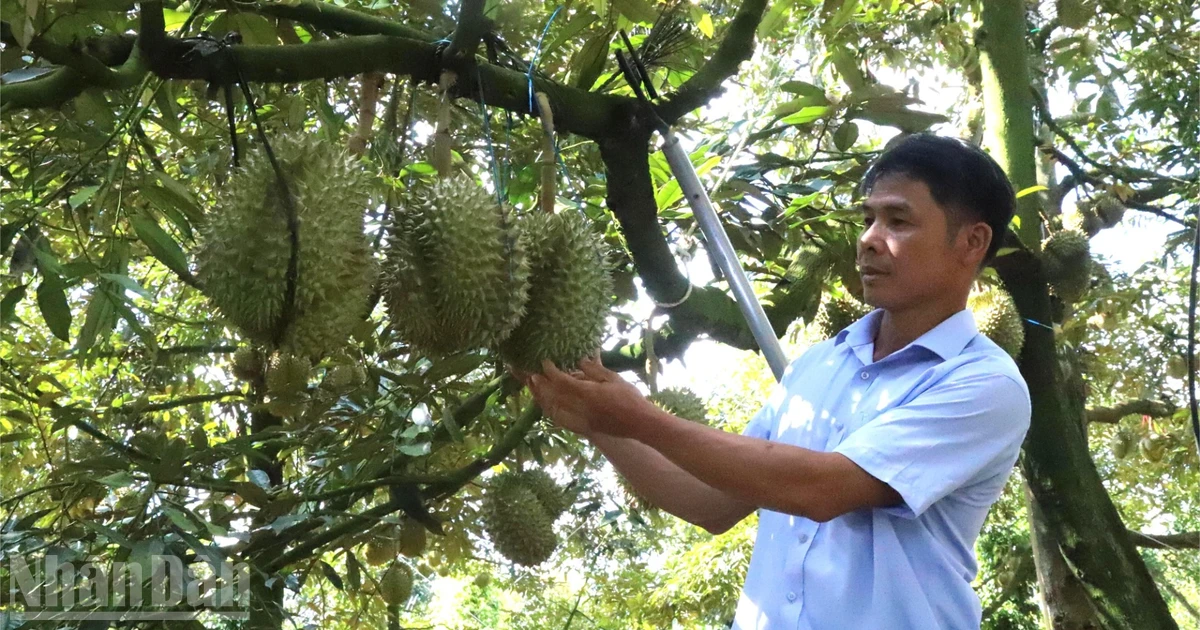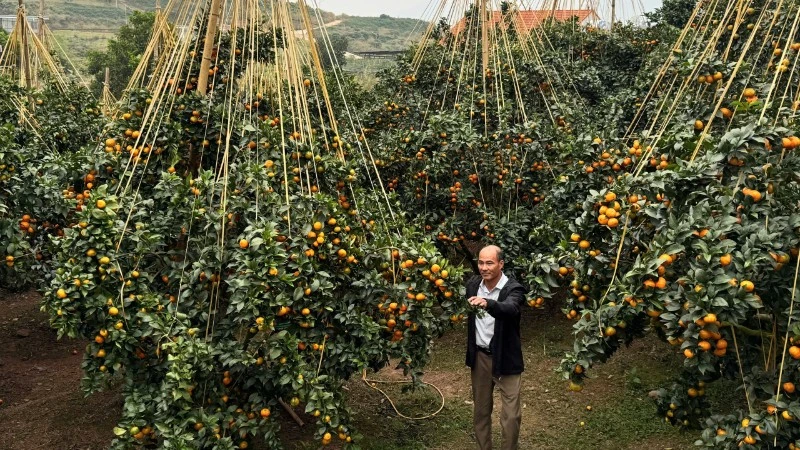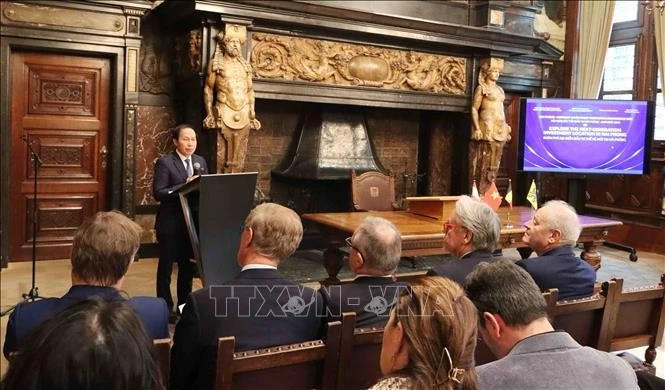This is the view shared by many experts in the city’s wood sector. Phung Quoc Man, Chairman of the Handicraft and Wood Industry Association of Ho Chi Minh City (HAWA), said that the city currently accounts for nearly 50% of the country’s total export value of wood and wood products.
Not only is it a manufacturing hub, the city also serves as a centre for trade promotion, design, and international connectivity; this role has helped Viet Nam’s wood industry move further up the global value chain.
According to experts, if it successfully leverages the improving export and domestic markets, the city could become the “wood products capital” of Southeast Asia, affirming Viet Nam’s position on the global wood export map.
Tran Ngoc Liem, Director of the Viet Nam Chamber of Commerce and Industry (VCCI) – Ho Chi Minh City Branch, said that in the first nine months of this year, the wood and furniture sector continued to affirm its role as one of Viet Nam’s export pillars, reaching 15.2 billion USD, up 7.48% compared with the same period last year. Product groups such as interior furniture, seating products, woodchips, plywood, and wood pellets all recorded positive growth.
The US remains the sector’s largest export market, with 6.97 billion USD in export value, accounting for 46% of the total and rising 7.2% year-on-year. According to the Digital Transformation Department (Ministry of Agriculture and Environment), the total export value of wood and wood products in the first ten months of 2025 reached nearly 14 billion USD, an increase of 5.4% compared with the same period in 2024. The US is the largest consumer of Viet Nam’s wood and wood products, accounting for 55.8% of the market share, followed by Japan (12.5%) and China (11.3%).

However, the wood processing industry is also facing significant challenges. Thomas Luk, representative of Starwood Furniture Mfg VN Corp in Tan Uyen Ward, Ho Chi Minh City — a manufacturer of wooden furniture supplying major US retailers, said that the company faces difficulties when applying the free on board (FOB) export term.
Under this term, the importer must pay local charges (such as transport services) in USD but cannot claim value added tax (VAT) refunds. This drives up the cost of goods by 5%. Therefore, Thomas Luk recommended that the Ministry of Finance review VAT policies on services related to export orders.
Nguyen Liem, Vice Chairman of the Viet Nam Timber and Forest Products Association, and Chairman of the Binh Duong Furniture Association (BIFA), said that the global market is changing rapidly. Customers are not only concerned about product prices but also frequently question the origin and traceability of raw materials; the production process; environmental friendliness; and corporate social responsibility.
Therefore, Nguyen Liem stressed that to fully tap potential and achieve sustainable development, Viet Nam’s wood industry must implement a dual transition: green and digital. For this, the city must quickly establish a support centre for the green and digital transition of the wood industry, roll out a “low-emission factory” model, pilot CO₂ measurement and reduction, and work towards low-carbon certification.
In addition, it is necessary to develop green wood industry clusters with shared infrastructure (wastewater treatment, air, and dust treatment, renewable energy, logistics…), enabling small enterprises to “green” their operations at a reasonable and acceptable cost. Meanwhile, a representative of a foreign-invested wood enterprise proposed adopting a “first sale” mechanism, allowing import tax to be calculated based on the first sale price between the manufacturer and the intermediary rather than the final sale price. This measure aims to reduce tariff costs and increase the competitiveness of Vietnamese wood products in the US market. The enterprise also suggested that Viet Nam soon introduce policies for renovating old factories and insuring export receivables to help firms confidently expand production.
According to Nguyen Van Duoc, Chairman of the Ho Chi Minh City People’s Committee, the city’s wood industry needs to focus on four priority directions to reach an international level and achieve sustainable development.
First, shift towards green and smart industrial clusters, forming a complete production–processing–logistics–trade chain connected to the southern key economic region.
Second, accelerate green transition and digital transformation, develop circular supply chains and low-carbon emissions, and contributing to Viet Nam’s Net Zero commitment.
Third, build a city-branded wood industry characterised by creativity, high design value, and export orientation towards “Made by Viet Nam” — products mastered by Vietnamese producers.
Finally, strengthen regional linkages and international cooperation, attract technological investment, and train high-quality human resources.
To achieve these goals, in addition to State support, each enterprise must proactively establish research and development units, incorporate Vietnamese cultural identity into products and enhance the role of linkages and cooperation among stakeholders.


